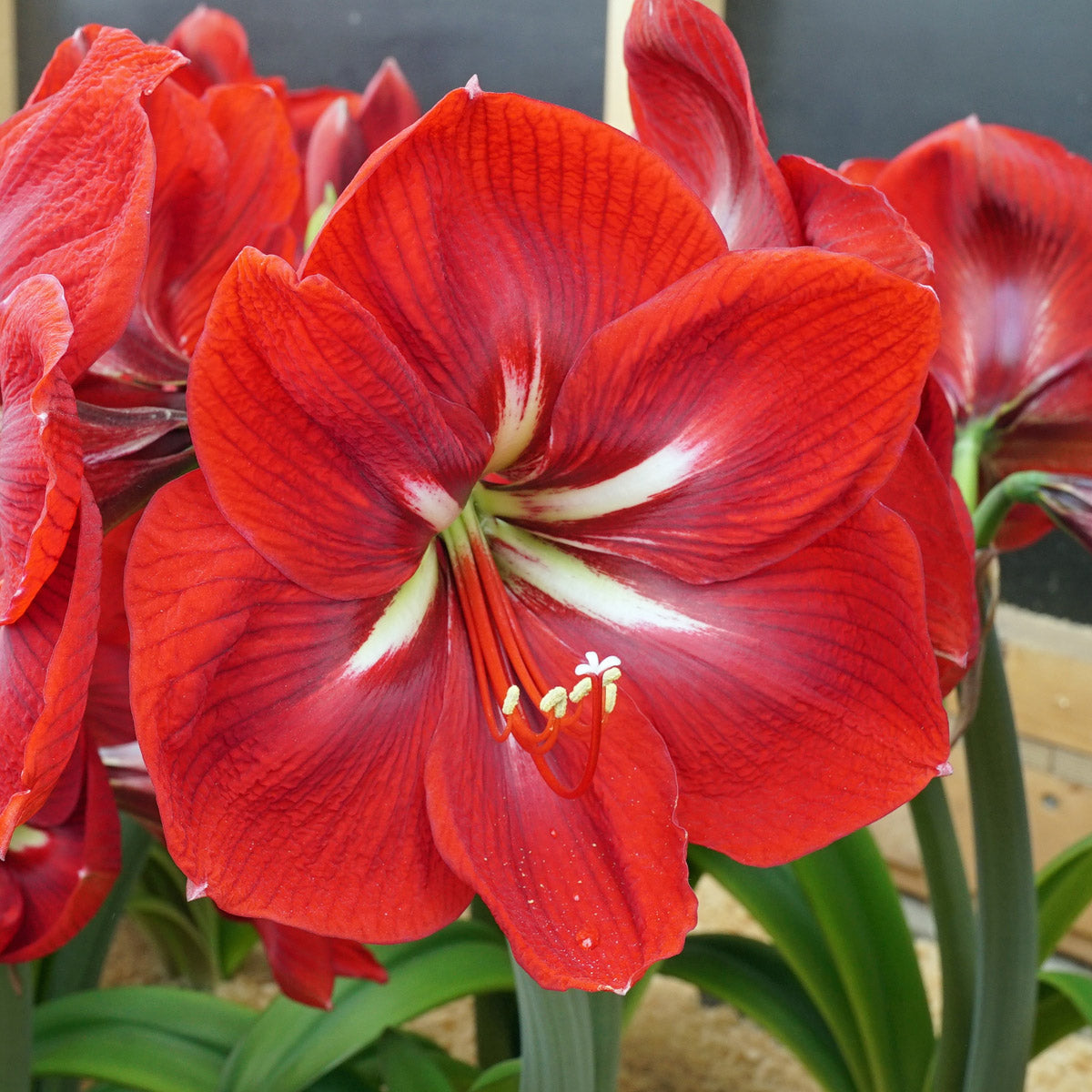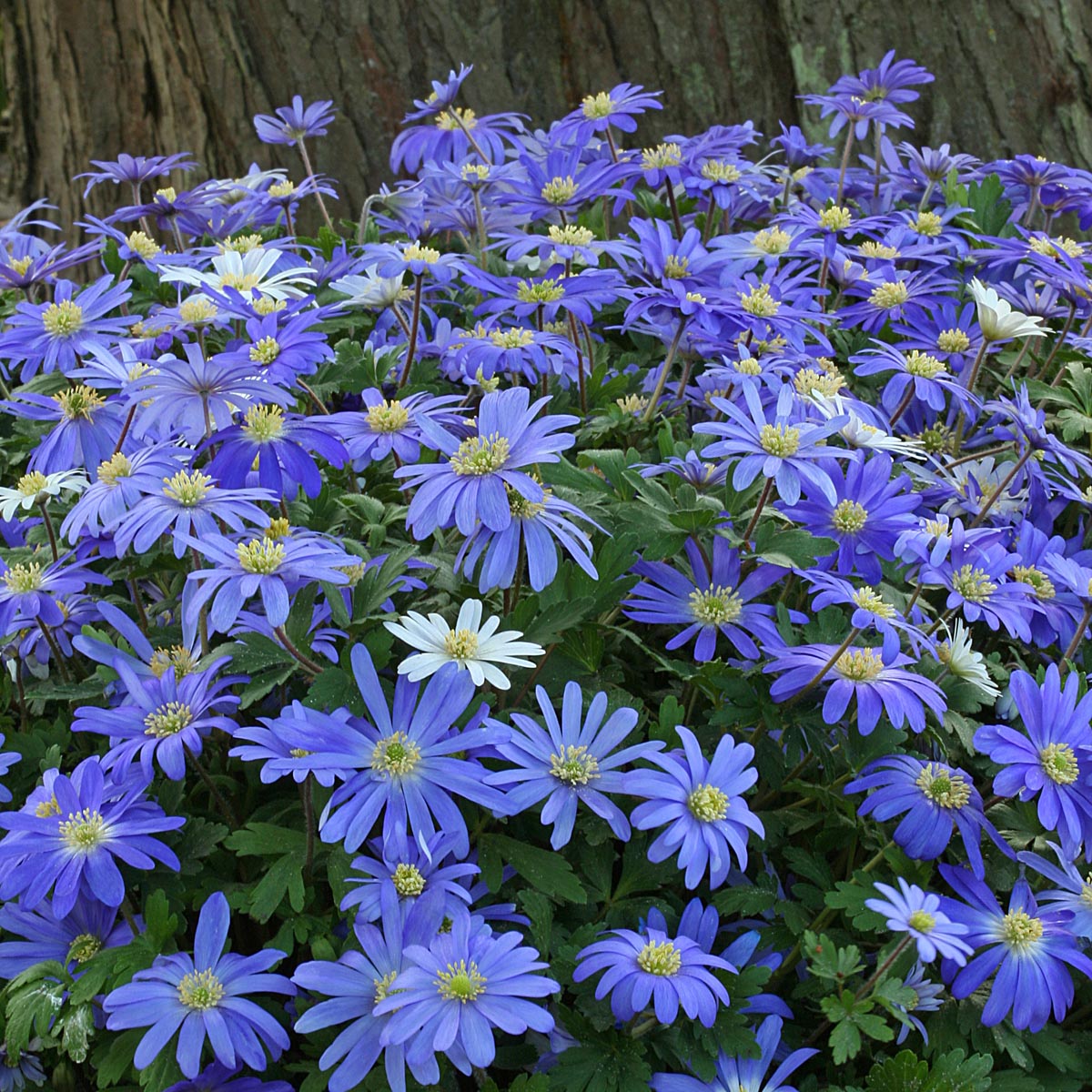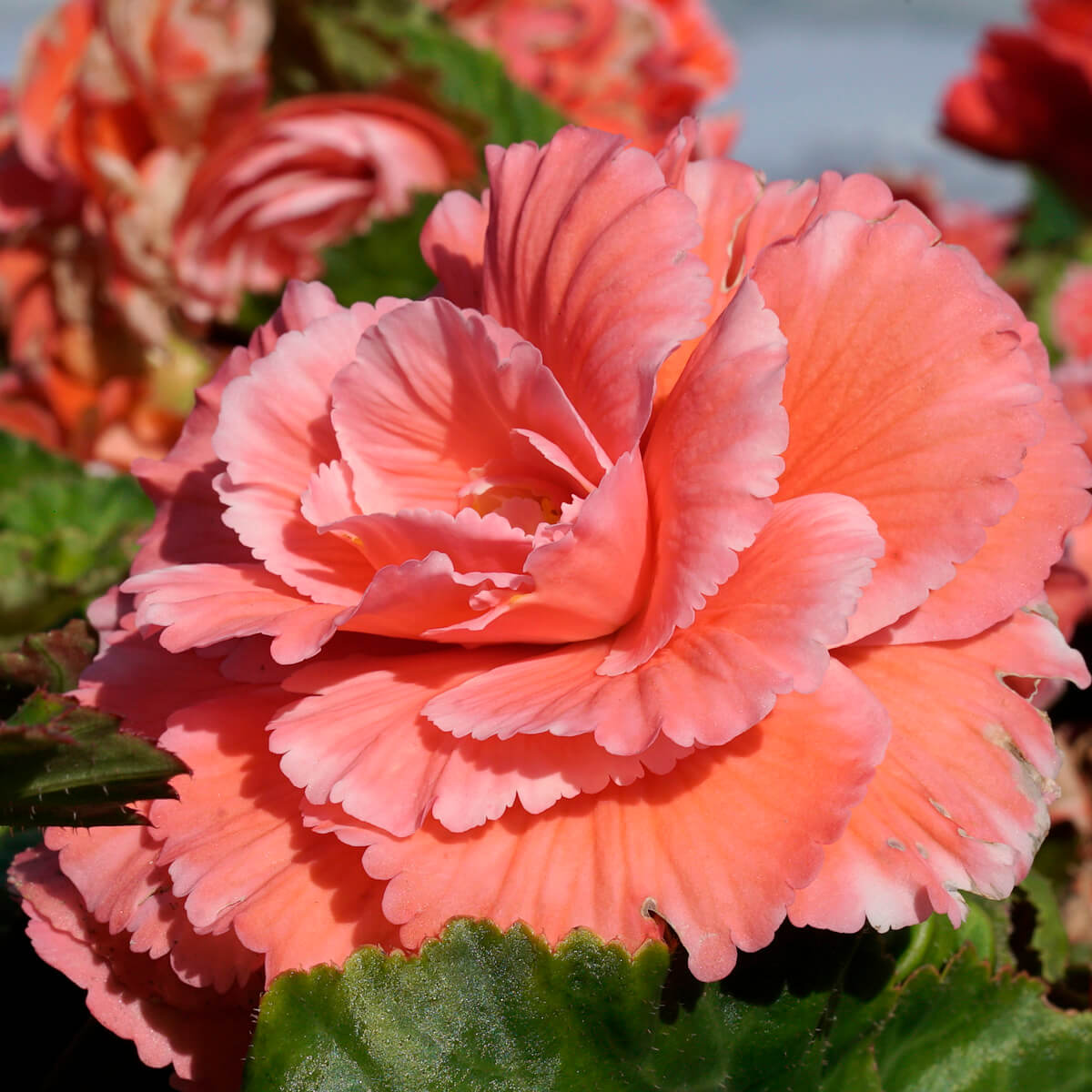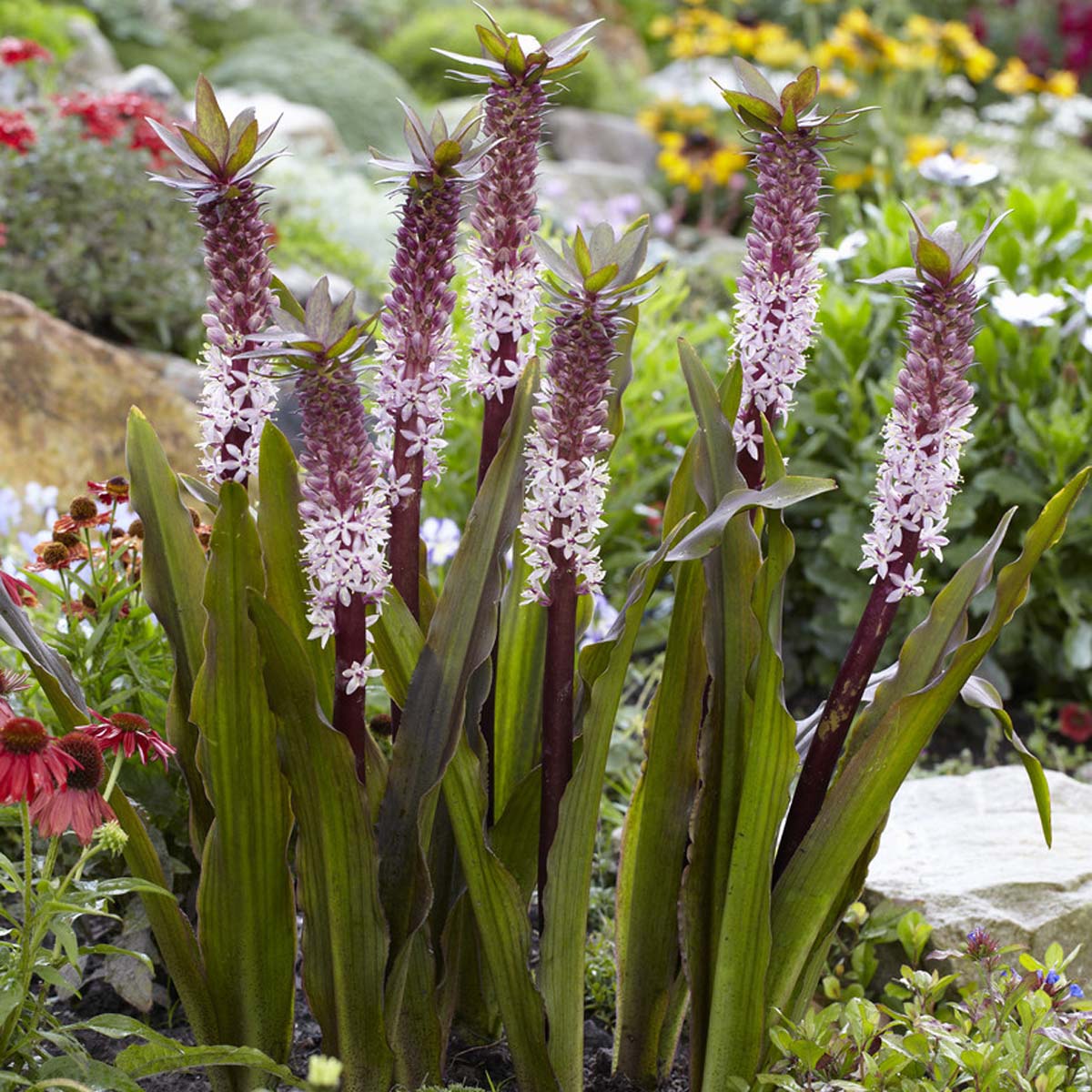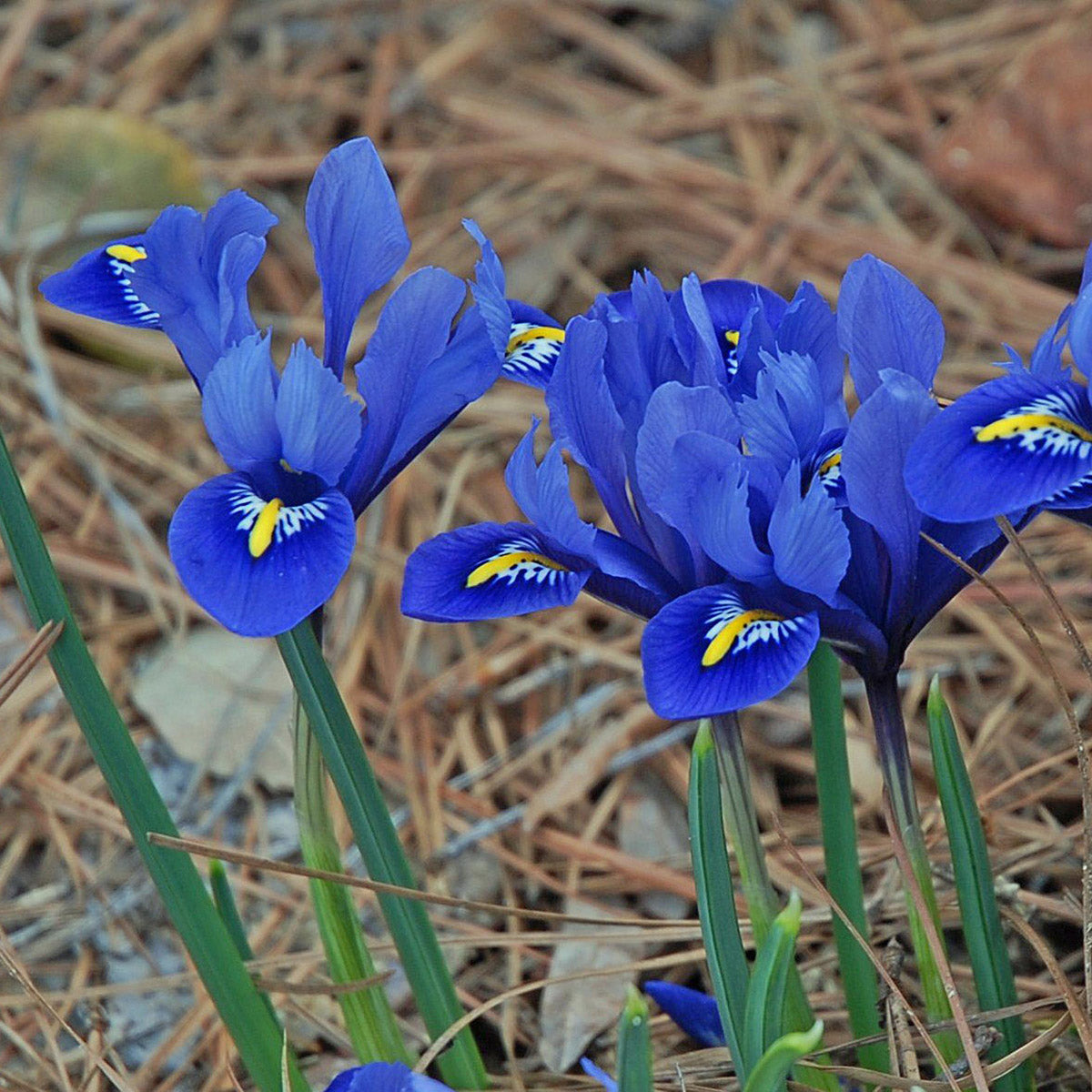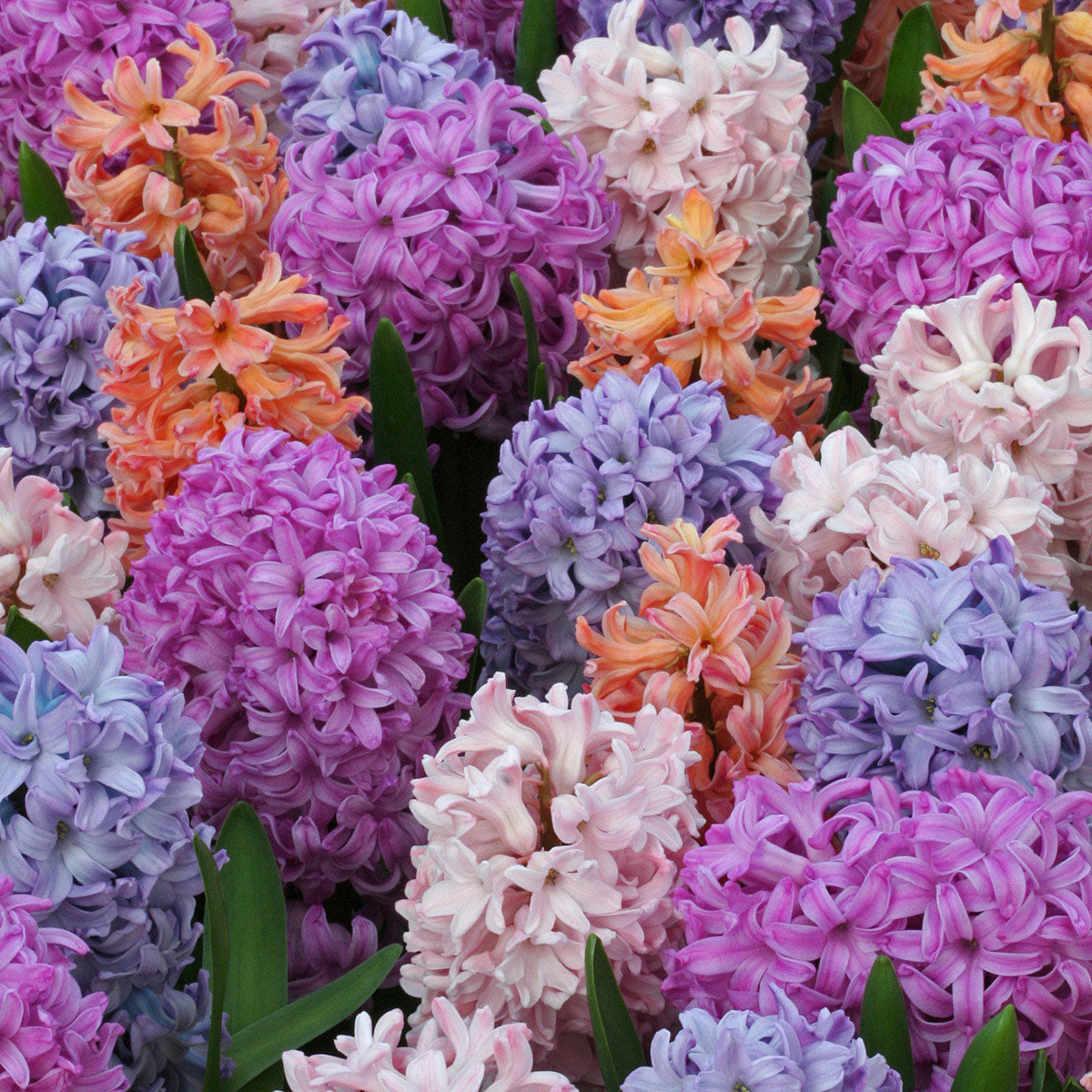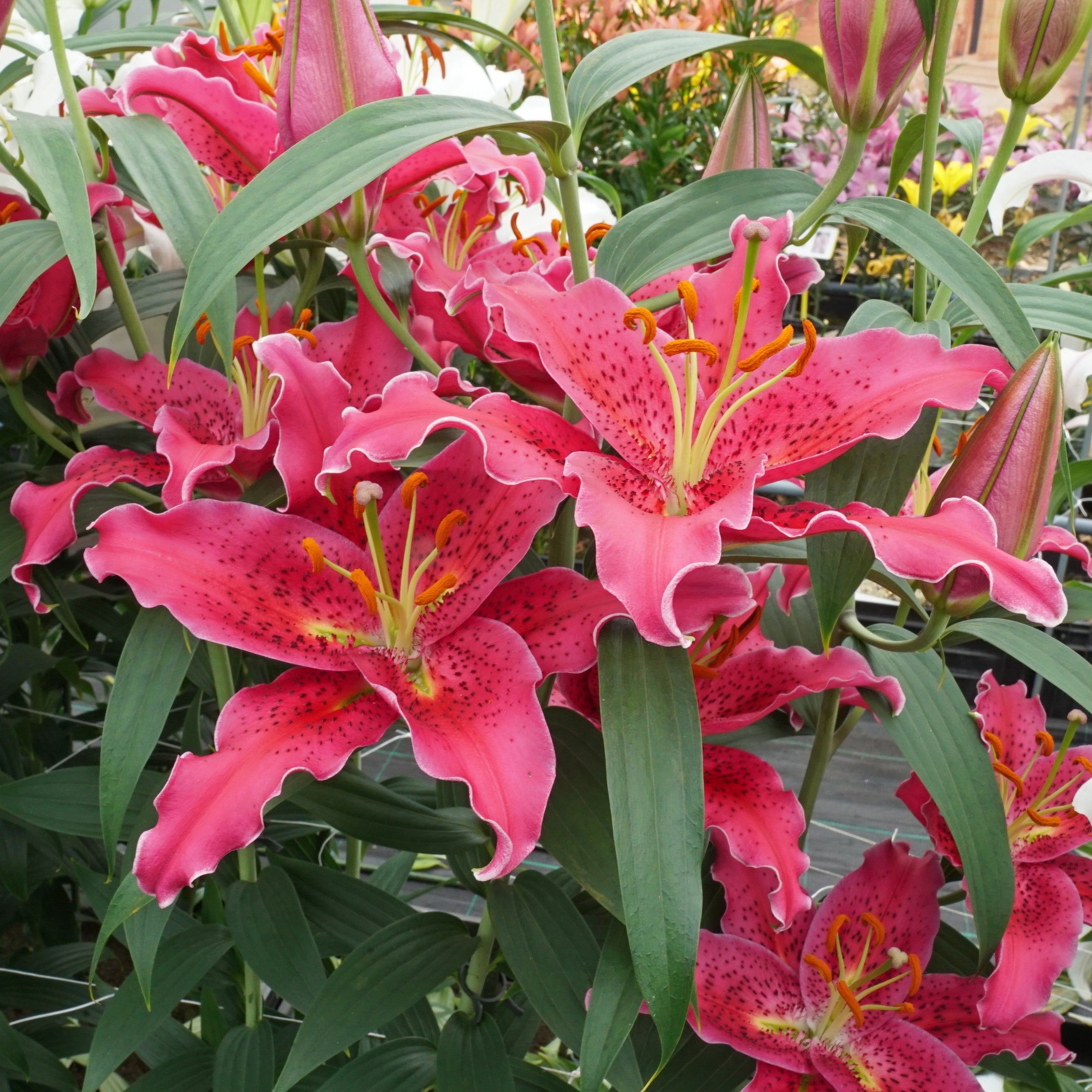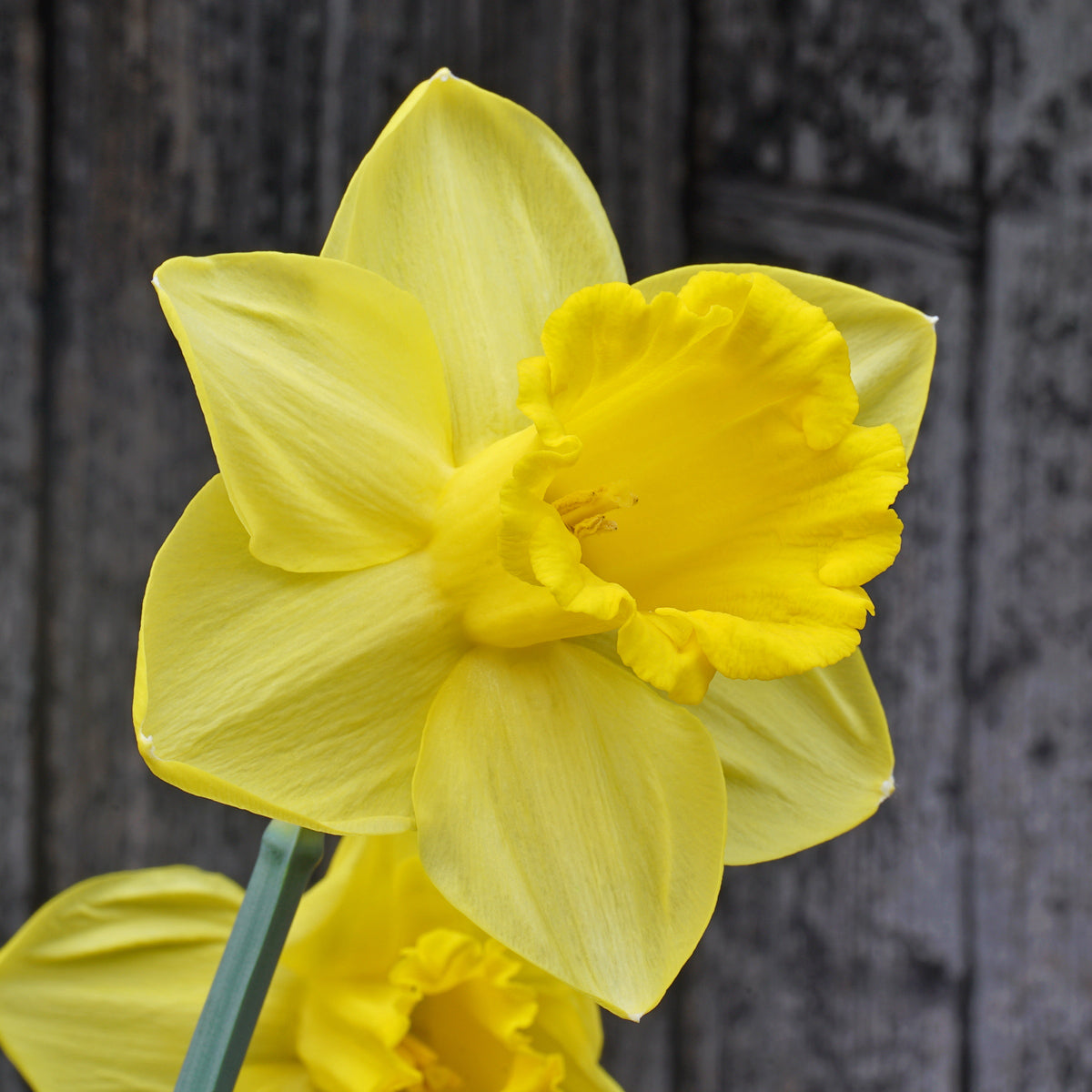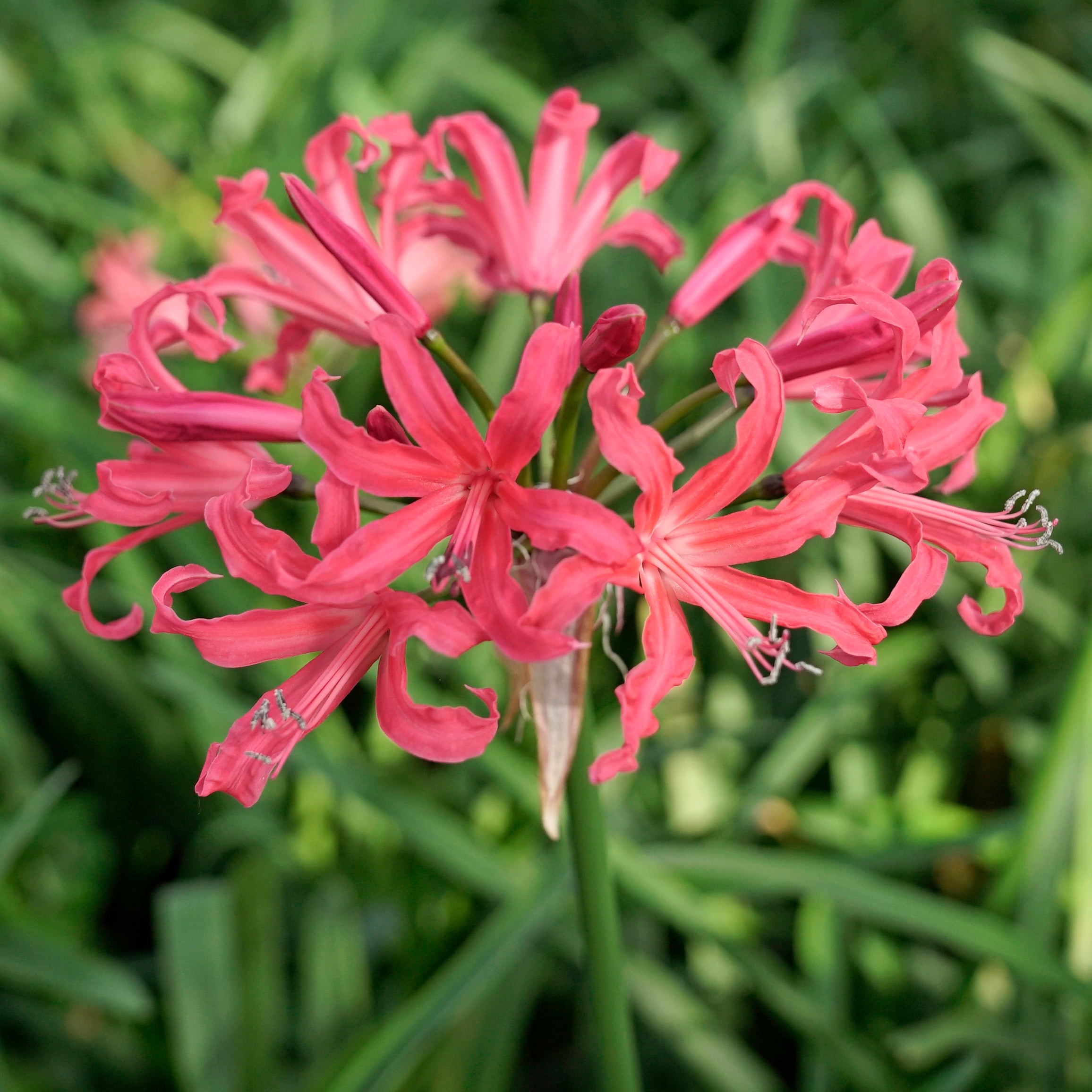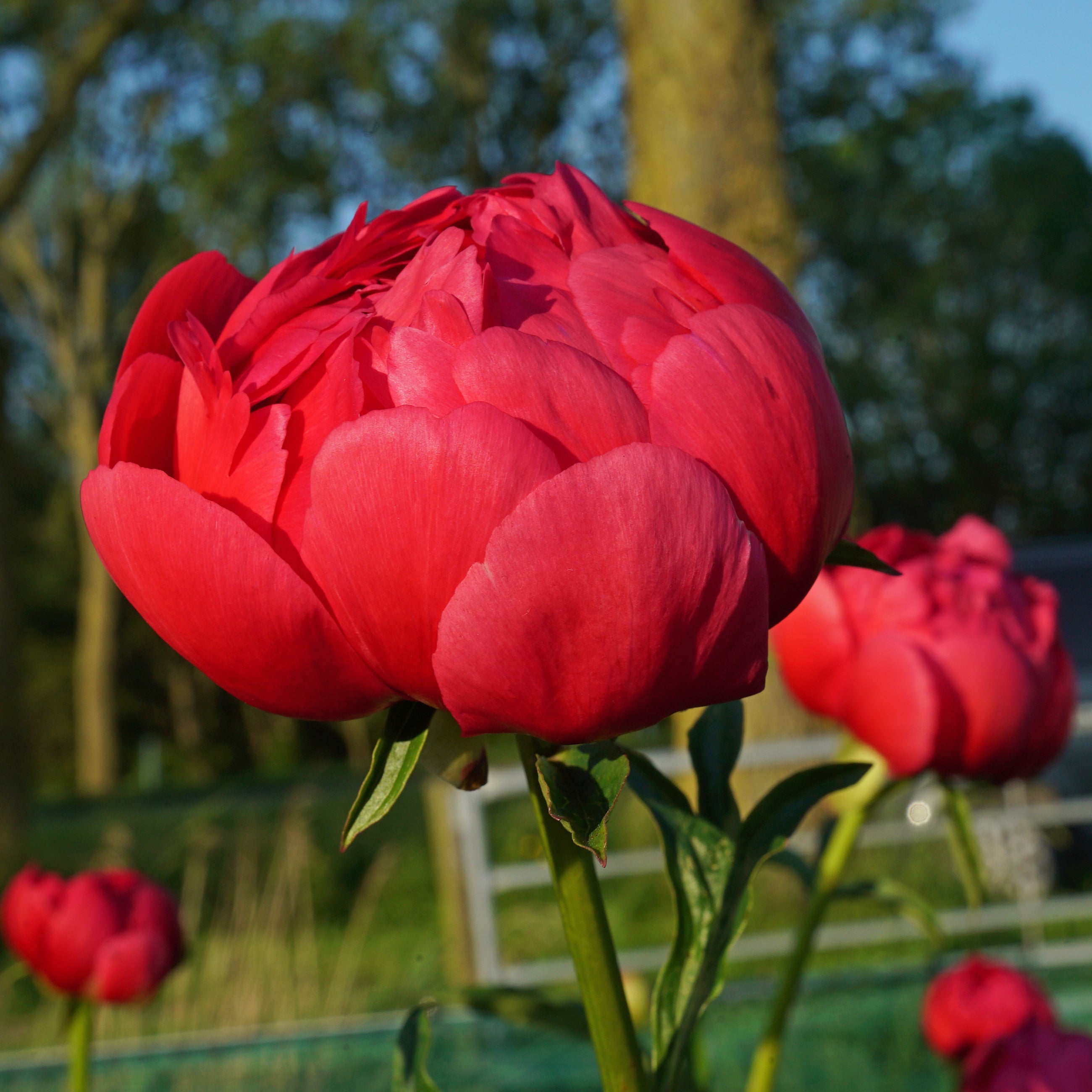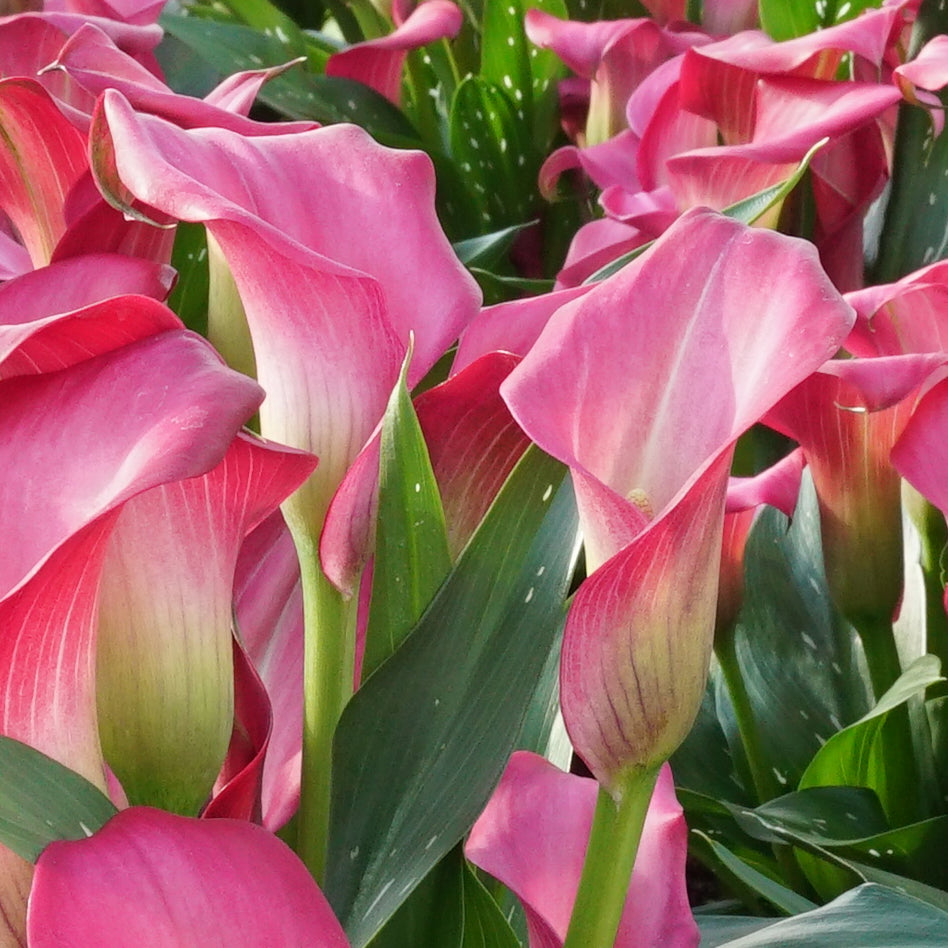The Anemone is in my eyes one of the happiest flowers in the large assortment of flower bulbs. Especially the Anemone blanda and the Anemone coronaria , both of which are in the Fluwel webshop, are particularly cheerful bulbous plants. They bloom richly with fantastic bright colours.
Anemone blanda
The Anemone blanda is an Anemone that should be planted in the fall and blooms in the spring. Of the Anemone blanda, the ' Blue Shades ' is an Anemone with which you can create a cheerful 'floor covering' in the garden. The Anemone blanda ' White Splendour ' is somewhat less suitable for this; it is somewhat taller, blooms somewhat less richly and does not naturalize as well. On the other hand, it does have considerably larger flowers.
Both types can be perfectly combined with other, larger spring flowering bulbs. Whether it is tulips , daffodils or hyacinths , planted together with the Anemone blanda they are even more beautiful. The bright blanket of happy Anemone flowers makes other bulbous plants stand out even more. It actually does not matter which flower bulbs you plant the Anemone with. The fresh blue and the beautiful white literally go with all colours. Spring at its most beautiful.
Anemone blanda plants
To create beautiful dense flower carpets of the Anemone blanda, plant the small tubers 5 centimetres apart at a depth of around 4 centimetres. When I plant the Anemone blanda, or other small flower bulbs, such as Chionodoxa , Puschkinia or Ipheion , I first loosen the soil in which they are planted. Then I scatter the tubers or bulbs over the loosened soil, after which I push them in with my finger. At finger depth, such bulbs are just about deep enough. Do not do this with the species Crocuses, as they are then at a depth that the birds can reach too easily. They need to be deeper. You can read more about this under ' Planting Crocuses '.
How does the Anemona blanda bloom most beautifully?
The Anemone blanda blooms the first year after planting around mid-April until well into May. The second year after planting and the following years, when they are established, the blooming often starts at the end of March. Because the weather around the end of March, beginning of April is cooler than the weather of the end of April, beginning of May, the Anemones that have been established bloom considerably longer than the flowers that were planted in the previous autumn.
Anemone blanda can really naturalize and sow very well. In a spot with about half a day of shade in a reasonable garden or woodland, they can multiply well. They have no problem with drought in the summer months; they can cope well with that. But even if the soil remains moist during the summer months, because you regularly water the garden, they can survive just fine. They will simply come back the following spring.
Flower bulb mixtures with the Anemone blanda
Do you plant a lot of flower bulbs in pots or flower boxes such as tulips, daffodils and hyacinths? Then try planting a few Anemone blanda with them. Fill the pot up to the top of the tulip, daffodil or hyacinth with soil and then sprinkle a handful of Anemone blanda in it. Then fill the pot with the last 5 cm of soil. In the spring your pot will look a lot nicer when the Anemone blanda forms a wreath of flowers over the edge of the pot.
[widget magento]
Anemone coronaria
And then of course there is the Anemone coronaria , also called the Crown Anemone. What brilliant colours this Anemone shows. This Anemone must be planted in the spring, because unfortunately it is not completely winter hardy. It will survive a little frost, but if it freezes hard it will really give up. If you are sure that it does not freeze in your winter, you can also plant it in the autumn. If you do this, it will bloom around the end of April, beginning of May at the same time as the late tulips and the late daffodils. But in the Northern European gardens it is safer to plant them in the spring.
Anemone coronaria tubers
The tubers of the Anemone coronaria look like dried up pieces of wood or tree bark. They are also sometimes described as dried up droppings. To ensure that they take root well after planting, it is a good idea to first place the tubers in water for a day. The Anemone tubers will then suck up water, making them almost twice as thick. After planting, they will then develop roots and start growing much faster. Also ensure that the soil in which they are planted, especially the first few weeks after planting, remains moist.
The Anemone coronaria blooms for a long time
The Anemone coronaria does not bloom as exuberantly as the Anamone blanda, but its flowering period is a lot longer. About 8 to 10 weeks after planting you will see the first flowers and before the last flower blooms, you will have been there for a few months. During all that time the Anemone coronaria will produce new flowers. It is therefore a really grateful flower in the garden. Removing faded flowers stimulates a faster development of new buds and also looks a lot neater in the garden.
The Anemone coronaria as a cut flower
The Anemone coronaria also does very well as a cut flower. So grab a pair of scissors and cut a bunch for your home or when you go for coffee with a friend.
Anemone coronaria plants
Plant the Anemone coronaria in the spring. After planting, it will take about 8 to 10 weeks before you see the first flowers. After that, the flowering will also last about 8 to 10 weeks. But you can also plant the Anemone coronaria later so that you can enjoy the sparkling flowers at a later time. If you plant the Anemone coronaria in mid-June, they will be in bloom in the second half of August until the beginning of October.
Preserving the Anemone coronaria
The tuber of the Anemone coronaria will not deteriorate if you plant it later. It is completely dormant and, as long as it is not placed in moist conditions, can be kept for years. The shelf life of the tubers is of course not unlimited, but surviving a year or so in dry conditions is no problem. It originally comes from areas in Israel and Lebanon, where it sometimes does not rain for one or more years in the winter and spring. Here, the Anemone coronaria has developed a survival tactic to simply remain dormant for an extra year if it does not get water for a year.
Anemone coronaria: a real garden plant
Personally, I don't really think the Anemone coronaria is a flower bulb to use in pots or flower boxes. It doesn't flower richly enough for that. It certainly produces enough flowers, but they bloom more one after the other than with each other. It can be placed in a pot or in a flower box, but then together with other plants. I think it looks better in the garden between other plants.
[widget magento]

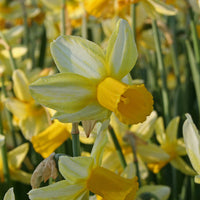



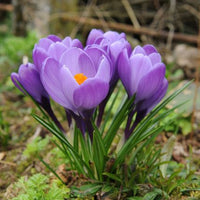




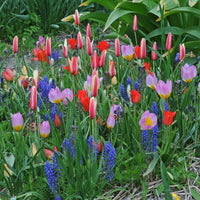


 Deutsch
Deutsch English
English
